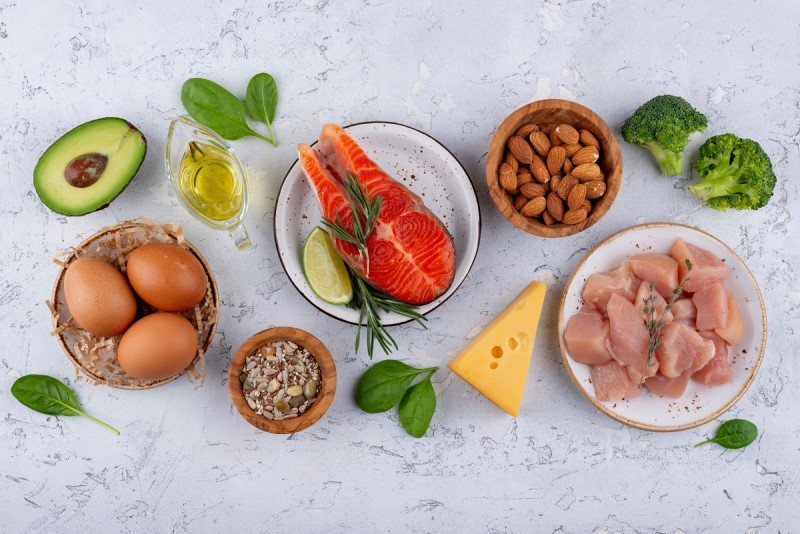Non-alcoholic steatohepatitis (NASH) is a type of fatty liver disease that can lead to inflammation and scarring of the liver. While the exact cause of NASH is unknown, it is often associated with obesity, type 2 diabetes, and metabolic syndrome. There is no known cure for NASH, but lifestyle changes such as diet and exercise can help manage the condition. In particular, the role of proteins in the diet has been studied in relation to NASH.
Proteins are an important macronutrient that play a crucial role in many bodily functions. They are made up of amino acids, which are essential for building and repairing tissues, producing enzymes and hormones, and maintaining a healthy immune system. In the context of NASH, proteins are important because they can help reduce inflammation and improve insulin resistance.
Studies have shown that a diet high in protein can help improve liver health in individuals with NASH. One study found that a high-protein diet (30% of calories from protein) led to a significant reduction in liver fat and inflammation, as well as improved insulin sensitivity. Another study found that a low-carbohydrate, high-protein diet led to improvements in liver function tests and reduced liver fat.
It is important to note, however, that not all sources of protein are created equal. Animal proteins, such as meat, poultry, and dairy products, are often high in saturated fat and cholesterol, which can contribute to inflammation and insulin resistance. On the other hand, plant-based proteins, such as beans, lentils, nuts, and seeds, are generally lower in saturated fat and higher in fiber, which can help improve insulin sensitivity and reduce inflammation.
In addition to considering the source of protein, the timing of protein intake may also be important in managing NASH. Some studies suggest that consuming protein earlier in the day, such as at breakfast, may be beneficial for improving liver health. This is because it can help regulate glucose and insulin levels throughout the day, which can help reduce the risk of insulin resistance and inflammation.
In conclusion, a diet high in protein, particularly from plant-based sources, may be beneficial for individuals with NASH. However, it is important to consider the overall quality of the diet and to work with a healthcare professional to develop a personalized nutrition plan.
“DietSensor NASH” for iOS (download here) is a nutrition coaching app specialized in Nash to help patients affected by the disease tackle and if possible reverse it. It provides daily guidance, meal plans, a meal generator to match your preferences, nutrition education, macronutrient tracking, and a chat with a dietitian. It starts at the price of $49 to make sure anybody has access to its science-backed content.
References:
A Guide to What and How to Eat for Non-Alcoholic Fatty Liver Disease. Baylor College of Medicine. https://www.bcm.edu/sites/default/files/a-guide-to-what-and-how-to-eat-non-alcoholic-fatty-liver-disease.pdf
Nash Diet: Tips to Help Reverse Fatty Liver Disease in 2020. NashFacts. https://nashfacts.com/nash-diet-tips-to-help-reverse-fatty-liver-disease-in-2020/
Role of Nutrition in the Pathogenesis and Prevention of Non-Alcoholic Fatty Liver Disease: Recent Updates. Nutrients. https://www.mdpi.com/2072-6643/12/12/3678
NASH diet: What to eat and avoid. Medical News Today. https://www.medicalnewstoday.com/articles/nash-diet




